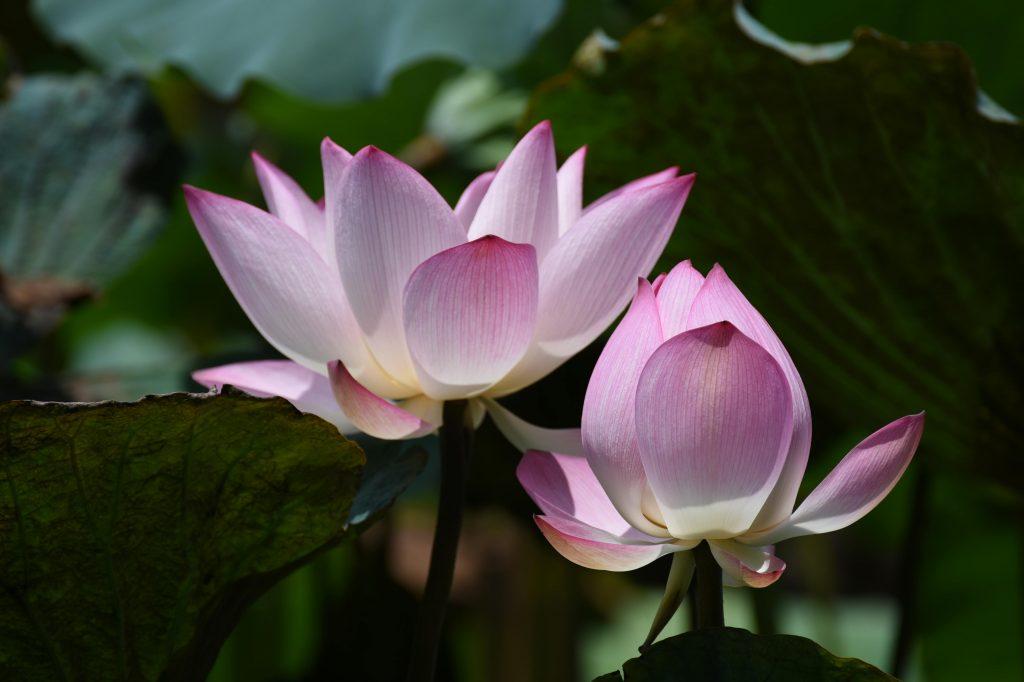The Healing Power of Flower Therapy: A Journey Through History and Reiki
Flower therapy, also known as floral essence therapy or flower essence healing, is a practice rooted in the ancient belief that flowers possess unique healing properties. While the use of plants and flowers for medicinal purposes dates back to ancient civilizations like the Egyptians and Chinese, the formalization of flower therapy as we know it today began in the early 20th century with Dr. Edward Bach, a British physician. Dr. Bach developed the concept of using the vibrational energy of flowers to treat emotional and mental imbalances, which he believed were the root causes of physical illness.
In flower therapy, specific flowers are used to create essences or tinctures that capture their healing energy. These essences are believed to restore balance to the body, mind, and spirit. Over time, flower therapy has evolved, integrating with various holistic practices, including Reiki, a Japanese form of energy healing.
How Flower Therapy Helps Heal the Body
Flower therapy works on the principle that flowers emit vibrations that can influence the energy field of the human body. Each flower is believed to have its own unique frequency that can help realign the energy centers, or chakras, within the body. By restoring balance to these energy centers, flower therapy is said to promote overall well-being and aid in the healing process.
For example, a person experiencing stress or anxiety might be prescribed a flower essence made from lavender or chamomile, known for their calming properties. Similarly, rose essence might be used to heal emotional wounds and promote feelings of love and compassion. The gentle yet profound effects of flower therapy have made it a popular choice for those seeking a natural approach to healing.

Importance of Flowers in Reiki
Reiki, a practice that originated in Japan, focuses on channeling energy through the hands to promote healing. Flowers, with their high vibrational energy, are often incorporated into Reiki sessions to enhance the healing process. The presence of flowers in a Reiki environment can help create a serene and balanced atmosphere, making it easier for both the practitioner and the recipient to connect with the healing energies.
In Reiki, flowers are sometimes placed on or around the body to target specific chakras. For instance, a rose might be placed on the heart chakra to help open and heal emotional blockages, while lavender could be used to calm the mind and promote relaxation. The use of flower essences in Reiki sessions is also common, with practitioners applying the essences directly to the skin or offering them for ingestion to support the healing process.
Flowers Commonly Used in Reiki
Flowers play a significant role in Reiki healing, often used for their specific vibrational energies that resonate with the body’s chakras to promote balance and well-being. Here are some of the flowers commonly used in Reiki healing:
1. Rose
- Chakra: Heart (Anahata)
- Healing Properties: The rose is known for its ability to open and heal the heart chakra, fostering love, compassion, and emotional healing. Its gentle yet powerful energy helps to dissolve feelings of grief, anger, or resentment, promoting inner peace and emotional clarity.
2. Lavender
- Chakra: Crown (Sahasrara) and Third Eye (Ajna)
- Healing Properties: Lavender is widely used for its calming and soothing effects, making it ideal for stress relief and promoting relaxation. It aids in balancing the mind, easing anxiety, and enhancing spiritual awareness. Its energy can help to clear mental clutter and improve focus during meditation.
3. Jasmine
- Chakra: Heart (Anahata) and Sacral (Svadhisthana)
- Healing Properties: Jasmine’s uplifting scent and energy make it a powerful flower for promoting feelings of joy, love, and sensuality. It helps to awaken creativity and passion while also fostering emotional warmth and connection. Jasmine is also used to enhance spiritual growth and intuition.
4. Sunflower
- Chakra: Solar Plexus (Manipura)
- Healing Properties: Sunflowers are associated with positivity, confidence, and energy. They help to strengthen the solar plexus chakra, which governs personal power, self-esteem, and willpower. Sunflowers bring warmth and vitality, helping to overcome feelings of inadequacy or low self-worth.
5. Chamomile
- Chakra: Solar Plexus (Manipura) and Throat (Vishuddha)
- Healing Properties: Chamomile is known for its gentle, calming energy, making it effective in reducing stress, anxiety, and promoting relaxation. It also aids in calming digestive issues linked to stress and tension. Chamomile is often used to encourage peaceful communication and to soothe emotional turmoil.


6. Lotus
- Chakra: Crown (Sahasrara)
- Healing Properties: The lotus flower symbolizes spiritual awakening and enlightenment. It is used in Reiki to connect with higher consciousness and promote spiritual growth. The energy of the lotus helps to clear blockages in the crown chakra, facilitating a deeper connection with the divine and enhancing meditation practices.
7. Hibiscus
- Chakra: Sacral (Svadhisthana)
- Healing Properties: Hibiscus is associated with passion, creativity, and sensuality. It helps to balance the sacral chakra, encouraging emotional expression and creative energy. Hibiscus can also aid in releasing past traumas and restoring a sense of joy and vitality.
These flowers are often used in Reiki healing sessions either as essences, placed around the healing space, or directly on the body to enhance the flow of energy and support the healing process. Each flower’s unique vibrational frequency works harmoniously with the body’s energy centers, promoting holistic well-being.
